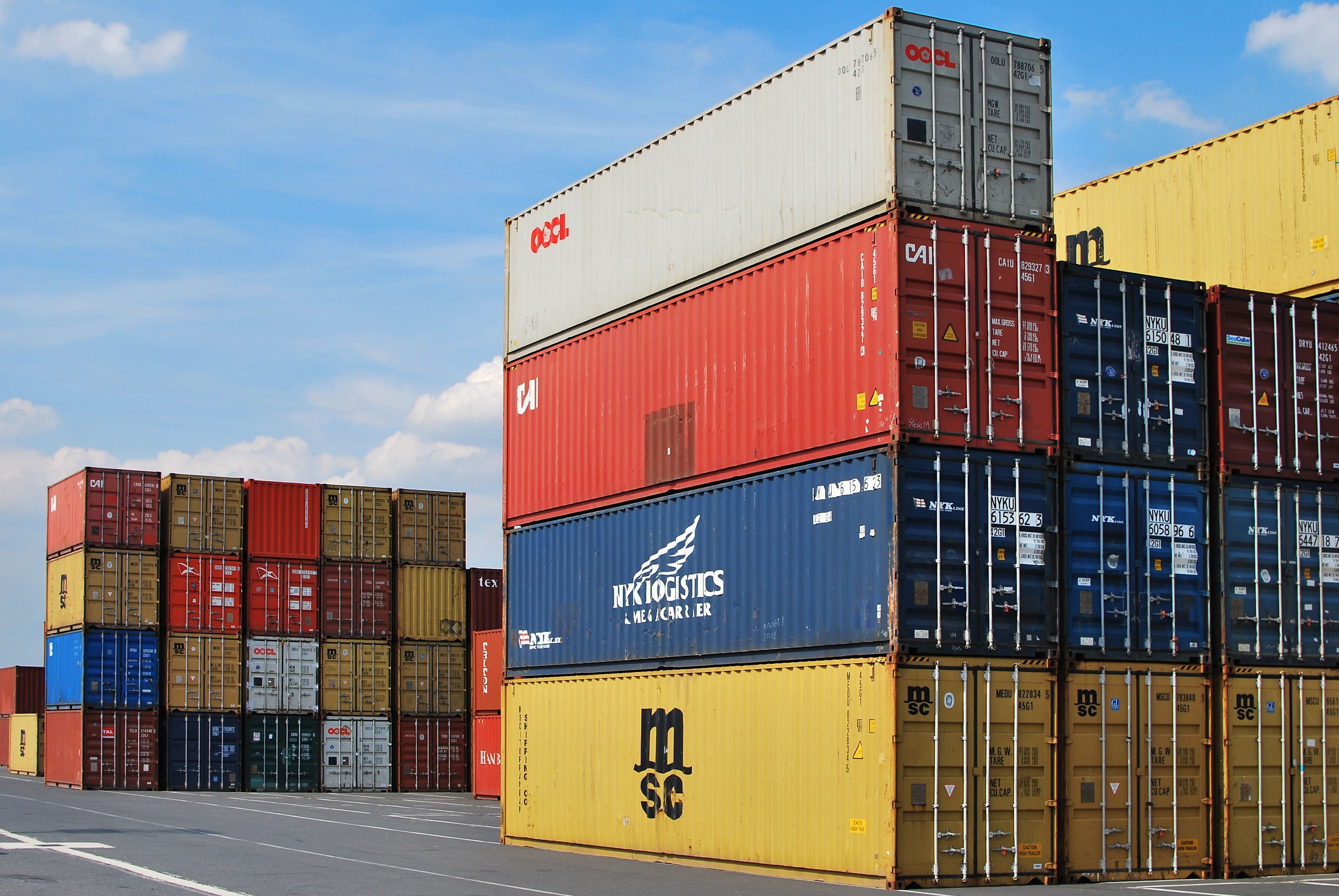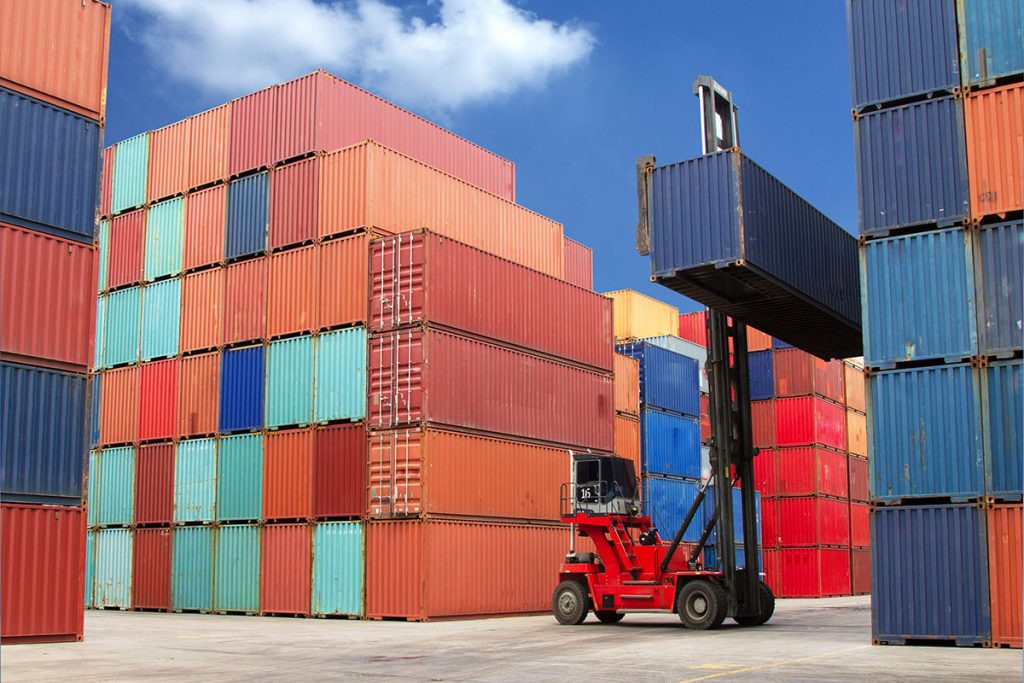Shipping containers are large, sturdy, rectangular boxes used to transport goods by ocean, land, and air. They are meant to be stackable and weatherproof and are usually manufactured from steel but can also be made from aluminum. Various sizes are available for shipping containers.
Origins Of Shipping Containers
Malcom McLean was born in North Carolina in the year 1852. McLean, a truck driver, noticed how much time was lost when loading and unloading onboard cargo ships and developed an interest in the effectiveness of cargo shipping.
McLean bought a shipping business in 1956 and started shipping goods in containers. Compared to the conventional way of loading and unloading cargo onto ships using cranes, this method was significantly quicker and more effective.
The effectiveness of shipping cargo has significantly improved with the invention of shipping containers. Containers can be quickly and easily loaded and unloaded and placed on top of one another to save a lot of room.
The shipping business has become even more effective due to the ability to convey cargo by road and rail thanks to shipping containers.
Shipping Container Types
There are numerous varieties of shipping containers, each having a specific use. Typically, standard containers are 20 to 40 feet long, 8 feet wide, and 8.5 feet tall. They are made of steel and either has smooth sides or corrugated ones.
The six most common containers for different shipping commodities are listed below.

Standard Containers
The most popular container used to move products by water is a standard shipping container. Transporting regular freight, autos, and building supplies are just a few of the uses for standard shipping containers.
High-Cube Containers
Standard shipping containers and high-cube shipping containers are identical but differ in height. They are frequently used to ship taller things like furniture or industrial equipment and come in various lengths, ranging from 40 to 53 feet.
Refrigerated Containers
Reefers, commonly referred to as refrigerated shipping containers, carry perishable items that must be frozen or kept cool. Reefers have a refrigeration system that delivers the goods at the ideal temperature.
Flat-Rack Containers
Oversized or unusually shaped objects that cannot be put into a regular shipping container are transported using flat-rack shipping containers. In accordance with the requirements of the cargo, flat racks may be fitted with walls, doors, or covers.
Open-Top Containers
A type of container with a removable roof is an open-top shipping container. They are, therefore, perfect for transporting tall or large objects that need to be loaded from the top. Since they have an open top, they frequently transport hazardous products or risky commodities.
Tank Containers
Large metal containers called “tank shipping containers” convey gases and liquids. They are frequently used to transport hazardous commodities, including chemicals and crude oil.
The interior of tank shipping containers, which are lined with an impermeable material like rubber or plastic, is built of thick steel.
Tank shipping containers may accommodate up to 80,000 gallons of liquid and are often substantially larger than other shipping containers. They are often moved by truck or train. This keeps the cargo from becoming polluted and the contents from leaking.
Finally, you must choose the type of container you require. The three primary categories of containers are new, used, and one-trip, each with a separate container shipping fee.
The most expensive and long-lasting containers are those that are brand new. Used containers are less costly but might only last for a short time. One-trip containers are the least costly but also the least practical choice because they are only used once before being sold.
Takeaway:
To make sure you select the best shipping containers for your needs, it is crucial to consider all of these variables while making your decision.

